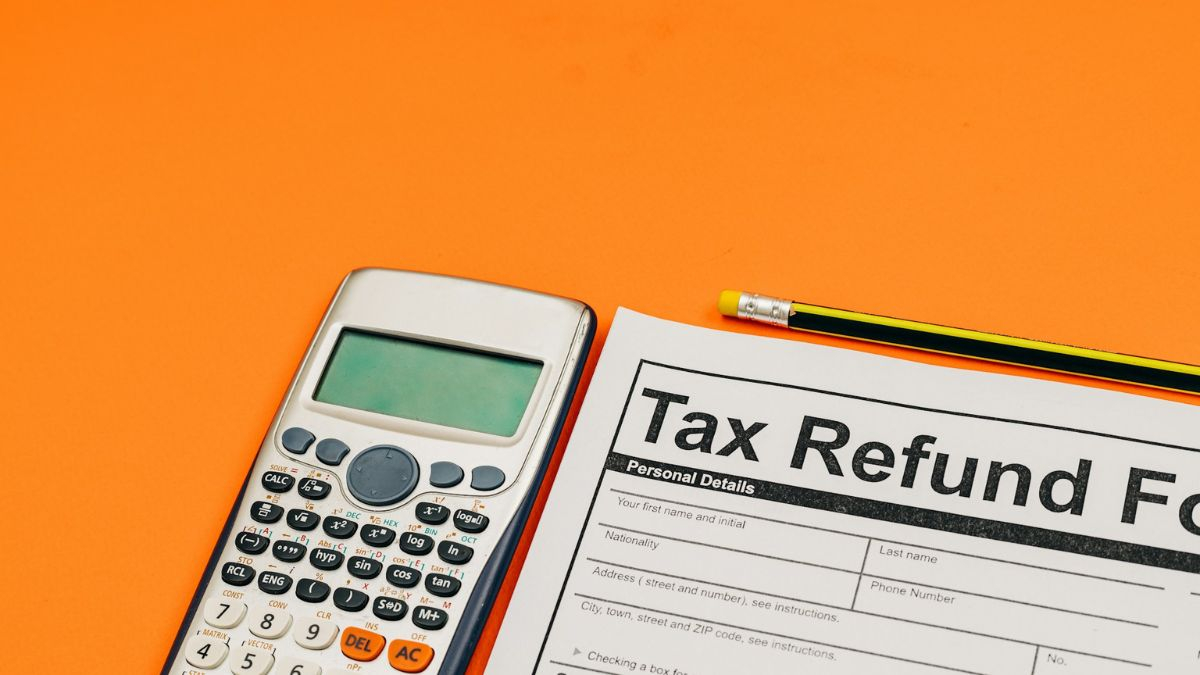You may get a tax refund from the Internal Revenue Service (IRS) if you qualify for a refundable credit, or pay more than you owe in taxes throughout the year.
The fastest way to get your tax refund is by selecting direct deposit when e-filing tax returns. This ensures you receive their refund within 21 days.
The IRS recommends refund by direct deposit, as it is the fastest, most secure, and most reliable way to get your tax refund.
With direct deposit, your tax refund is deposited into your bank account for free and can be distributed into one, two, or even three bank accounts. Direct deposit is also available to taxpayers who do not have a checking account and to those filing tax returns after their due date.
What is direct deposit and why is it the fastest method of tax refund?
Direct deposit is a method where the tax refund will be sent by the Internal Revenue Service (IRS) and deposited into your savings or checking accounts. It is the fastest way to get your refund, especially if you filed your tax returns electronically. While taxpayers who file paper returns can still opt for direct deposit, it is not as fast as returns filed electronically. Paper returns have longer processing time, and thus refunds would take longer to be paid.
Claiming refunds via direct deposit is easy. Simply select direct deposit as a refund method while filing your tax return, and enter their account information. You can find your routing and account numbers online on your bank statements or online banking page.
Direct deposit tax refunds are done electronically, so you won’t be bothered about having a paper check stolen or lost in the mail.
You can choose to split your refunds into multiple financial accounts—checking, savings, health, savings, and certain retirement accounts. However, you need an IRS Form 8888, Allocation of Refund (Including Savings Bond Purchases) to deposit a refund into up to three different accounts.
How long is the IRS approval and refund payment?
After filing your return using the E-filing method, approval by the IRS takes about 21 days.
Although the exact duration is not certain, your refund will be disbursed to your bank shortly after the approval. It may take 5 days for direct deposit and several weeks for mail.
How to track your IRS tax refund
The IRS has introduced a tool known as Where’s My Refund, used to check refund status, to monitor when the Refund filing has been approved and when it will be sent.
You can also use the IRS2Go app to check your refund status with your mobile phone. This app also helps you make payments and find free tax preparation assistance.
Information Required by Where’s My Refund
- Your Social Security or Individual Taxpayer ID Number (ITIN)
- Your filing status
- The exact refund amount on your return.
Depending on your application method, your refund status will appear;
- 24 hours after E-filing for a current-year-return
- 3 to 4 days after E-filing for a prior-year-return
- 4 weeks after filing a paper return.
How “Where’s My Refund” Works
See the meaning of different status highlights on this tool;
- Return Received – means your return has been received and is being processed.
- Refund Approved – means the IRS has approved your refund and is preparing to issue it. The date for the issuance will be displayed there.
- Refund Sent – means the refund has been sent to your bank or your mail depending on your chosen payment method.Direct deposit takes five days to enter your bank account, and several weeks for mail.

